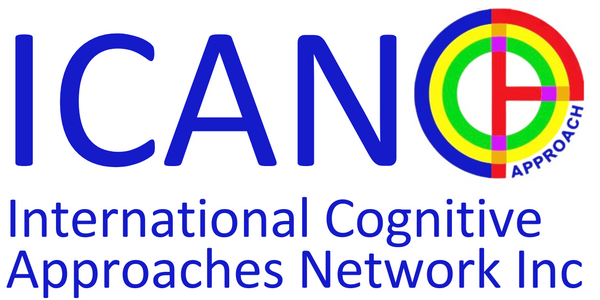CO-OP For People with Spina Bifida - Fits Like Hand In Glove
Share
Marie Peny-Dahlstrand, paediatric Occupational Therapist, Associate Professor and research group leader for the ProDo group at Department of Health and Rehabilitation, Gothenburg University, Sweden.
“I suppose she can do it it's somehow just never done” 1. Phrases like this are often formulated by parents or even by professionals concerning people with Spina Bifida. Having spina bifida has until recently been classified as a diagnosis that results mainly in a motor disability. Restrictions in autonomy and independence have usually been described as due to lack of experience, intrusive parents, or even the person being lazy. Nothing could be further from the truth according to contemporary research that very clearly shows that the most hindering factor in everyday life for most people with Spina Bifida is executive dysfunction which is demonstrated as difficulties with planning, problem-solving and foremost with initiation. These executive dysfunctions are common despite the persons IQ level.
In our research group we were excited to try-out if CO-OP could be beneficial for children and young adults with Spina Bifida. Could CO-OP work really when the goals of the persons often were about getting something done and in due time but not always about HOW to do something? The goals formulated by the persons we met with Spina Bifida were for example, “performing my catheterization procedure every three hours without any one reminding me”, “finding my way home from the city center by myself”, “having a snack in the afternoon before mum comes home” or “starting and carrying-out my homework by myself”.
We discover that CO-OP was very effective for these types of goals and that it helped persons with Spina Bifida to understand that they could think about their own thinking but also find their own plan to go from thinking to actually doing. As one young adult put it: “I suppose this is how everybody thinks - I just did not think about that earlier” 2.
A father of one teenager said, at the three months follow up after the CO-OP period: “The main thing I think that has happened after CO-OP is that it is easier for him to go from thought to action. He has realized that if he gets an idea, he can make sure it happens. And that is happing now”.
So, we encourage all of you to use CO-OP for people with Spina Bifida including children and adults.
If you want to talk more about CO-OP and Spina Bifida, please do not hesitate to contact us.
Marie Peny-Dahlstrand
marie.peny-dahlstrand@neuro.gu.se , ann-marie.ohrvall@ki.se or lena.bergqvist@gu.se
1 Peny-Dahlstrand Marie. To get things done the challenge in everyday life for children with spina bifida- Quality of performance, autonomy, and participation. Thesis.
http://hdl.handle.net/2077/25484
2 Öhrvall A-M, Bergqvist L, Hofgren C, Peny-Dahlstrand M. With Co-Op I am the Boss - experiences of the cognitive orientation to daily occupational performance approach as reported by young adults with cerebral palsy or spina bifida. Disabil Rehabil 2020;42(25):3645-3652.
